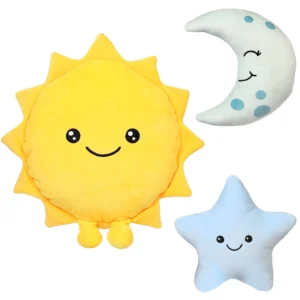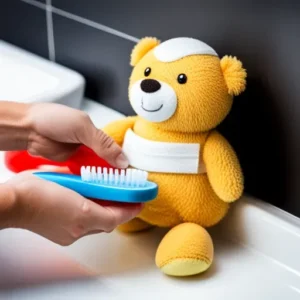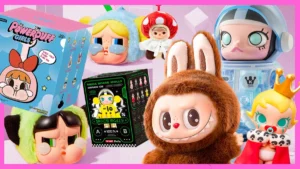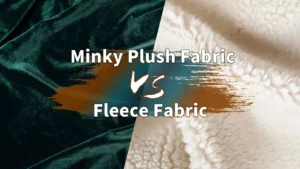When you think of a plush toy, what comes to mind? For many, it’s a soft, cuddly companion that provides comfort, security, and even nostalgia. Whether it’s a childhood stuffed animal, a collector’s item, or a gift for a loved one, plush toys are far more than just simple playthings. But what is the true meaning of a plush toy? Why have they been such a staple in both childhood and adult life for generations?
Plush toys are soft, stuffed items often designed to mimic animals or other characters. Their meaning goes beyond their material form, providing emotional comfort and serving as companions that promote childhood development and psychological well-being.
From the simple teddy bear to the latest character-themed plush, these toys have evolved into important emotional companions, cultural symbols, and even educational tools. But what makes them so special, and how have they stood the test of time? Let’s dive into the comprehensive world of plush toys, their meaning, materials, and their impact on people of all ages.
1. What Is a Plush Toy Made Of?
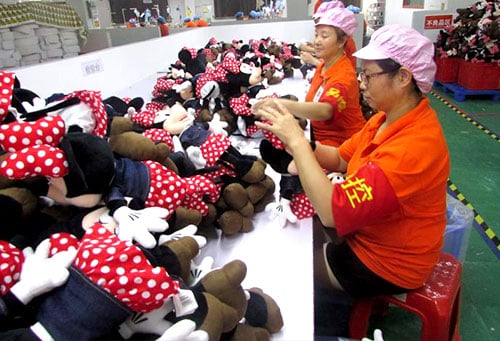
At first glance, a plush toy may seem like a simple object, but its construction is carefully crafted to ensure both comfort and longevity. Plush toys are typically made from two main components: the outer fabric and the inner stuffing. These materials are chosen for their softness, durability, and hypoallergenic qualities, ensuring the toy can provide both physical comfort and emotional security.
Plush toys are made from soft outer fabrics like velvet, fleece, or cotton, and filled with materials such as polyester fiber, cotton, or memory foam to create a plush, durable, and comfortable feel.
- Outer Fabric: The outer fabric of a plush toy plays a significant role in how the toy feels. Most commonly, plush toys are made from polyester or cotton-based materials like velboa (a plush, velvety fabric), fleece, and even velour. These fabrics are chosen for their softness, smoothness, and ability to withstand repeated handling.
- Stuffing Materials: The stuffing used in plush toys can vary greatly. Polyester fiber is by far the most common stuffing, offering a soft and bouncy texture that holds up well to frequent hugging. Cotton, while more breathable and hypoallergenic, is used for high-end, eco-friendly toys. Other materials like memory foam are becoming more common, particularly for toys designed for extra comfort, such as body pillows.
- Other Components: Many plush toys also feature additional elements like buttons, eyes, or embroidered details. These parts are usually made from non-toxic materials, but safety concerns have led to increasingly strict regulations around the production of plush toys for young children. Toys intended for babies, for example, often avoid small parts that could pose a choking hazard.
| Material | Description | Common Use |
|---|---|---|
| Polyester | Durable, synthetic, soft | Common in everyday plush toys |
| Cotton | Natural, breathable, hypoallergenic | Used for eco-friendly and baby toys |
| Memory Foam | Molds to shape, offers extra comfort | Used in high-end, comfort-focused toys |
| Velboa | Soft, velvety texture | Often used for luxury plush toys |
2. How Are Plush Toys Different from Stuffed Animals?
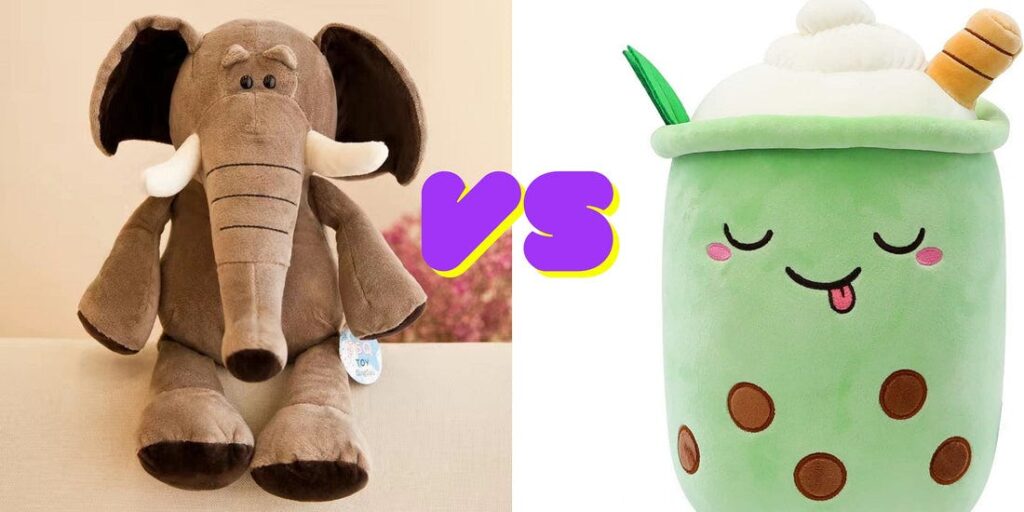
The terms “plush toys” and “stuffed animals” are often used interchangeably, but they have distinct differences. While both are soft, cuddly toys, plush toys encompass a broader range of designs, including abstract shapes, characters, or fantasy figures, whereas stuffed animals are more typically designed to resemble real creatures, often with realistic features.
Plush toys are broader in design, encompassing abstract or whimsical forms, while stuffed animals are typically more realistic, resembling real-life animals with detailed features.
- Plush Toys: Plush toys are typically softer, made to resemble a wide variety of characters, animals, or even objects like pillows and blankets. Their designs are often more creative, whimsical, and comforting. For instance, a plush toy could take the form of a soft cloud or a cartoonish creature with exaggerated features.
- Stuffed Animals: Stuffed animals, on the other hand, are designed to resemble real-life animals, with more realistic features such as fur, tails, and paws. They’re often used for educational purposes, helping children learn about different species or fostering empathy by mimicking the behavior and appearance of animals.
- Design Variations: While stuffed animals are typically more defined by their resemblance to real creatures, plush toys often go beyond the animal kingdom, offering designs that spark imagination and comfort, like fantasy creatures or inanimate objects.
| Feature | Plush Toy | Stuffed Animal |
|---|---|---|
| Design | Abstract, whimsical, creative | Realistic animal representations |
| Purpose | Comfort, emotional support | Learning, companionship |
| Popularity | Popular across all age groups | Mostly popular for children and collectors |
3. What Is the Emotional and Psychological Significance of Plush Toys?
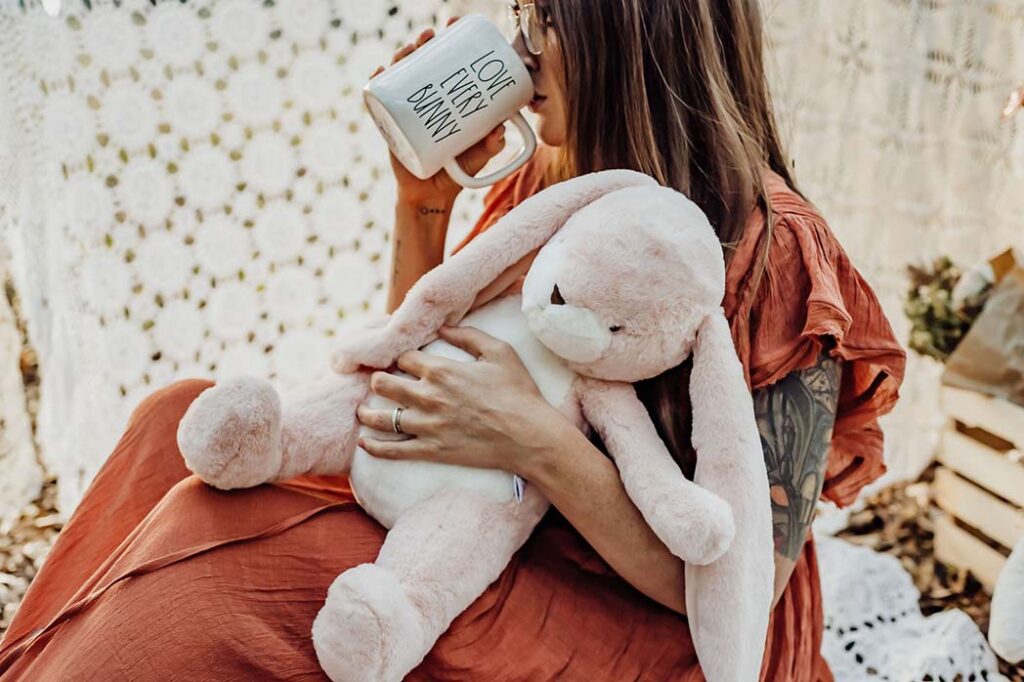
Plush toys are not just physical objects; they hold deep emotional significance. For many people, particularly children, plush toys serve as companions that provide comfort, emotional security, and a sense of stability. The tactile nature of plush toys, combined with their soft and familiar feel, makes them invaluable in promoting emotional well-being.
Plush toys provide emotional comfort, security, and companionship, playing a crucial role in childhood development and offering psychological benefits such as stress relief and comfort to people of all ages.
- Comfort and Security: Plush toys often act as a source of comfort for children, especially during stressful situations. Many children form strong attachments to their plush toys, using them as a source of emotional support when dealing with anxiety, sleep issues, or separation from parents. The soft texture and tactile sensation of a plush toy can help soothe and calm a child during difficult moments.
- Nostalgia and Emotional Attachment: Plush toys are often closely associated with childhood memories, providing a sense of nostalgia for adults. This emotional attachment can last long into adulthood, where a plush toy might serve as a comforting reminder of simpler times or cherished memories. The ability of plush toys to evoke such deep emotional connections contributes to their enduring popularity.
- Stress Relief: For adults, plush toys can offer therapeutic benefits. Hugging or cuddling a plush toy can promote relaxation and reduce feelings of stress or anxiety. Plush toys may even be used in therapy, offering a non-threatening, comforting object that helps individuals cope with emotional distress.
| Emotional Benefit | Plush Toy | Stuffed Animal |
|---|---|---|
| Comfort and Security | Provides emotional support and comfort | Mimics real-life companionship |
| Nostalgia | Associated with childhood memories | Emotional attachment from early years |
| Stress Relief | Helps with relaxation and anxiety | Offers companionship, often with educational value |
4. How Do Plush Toys Contribute to Early Childhood Development?
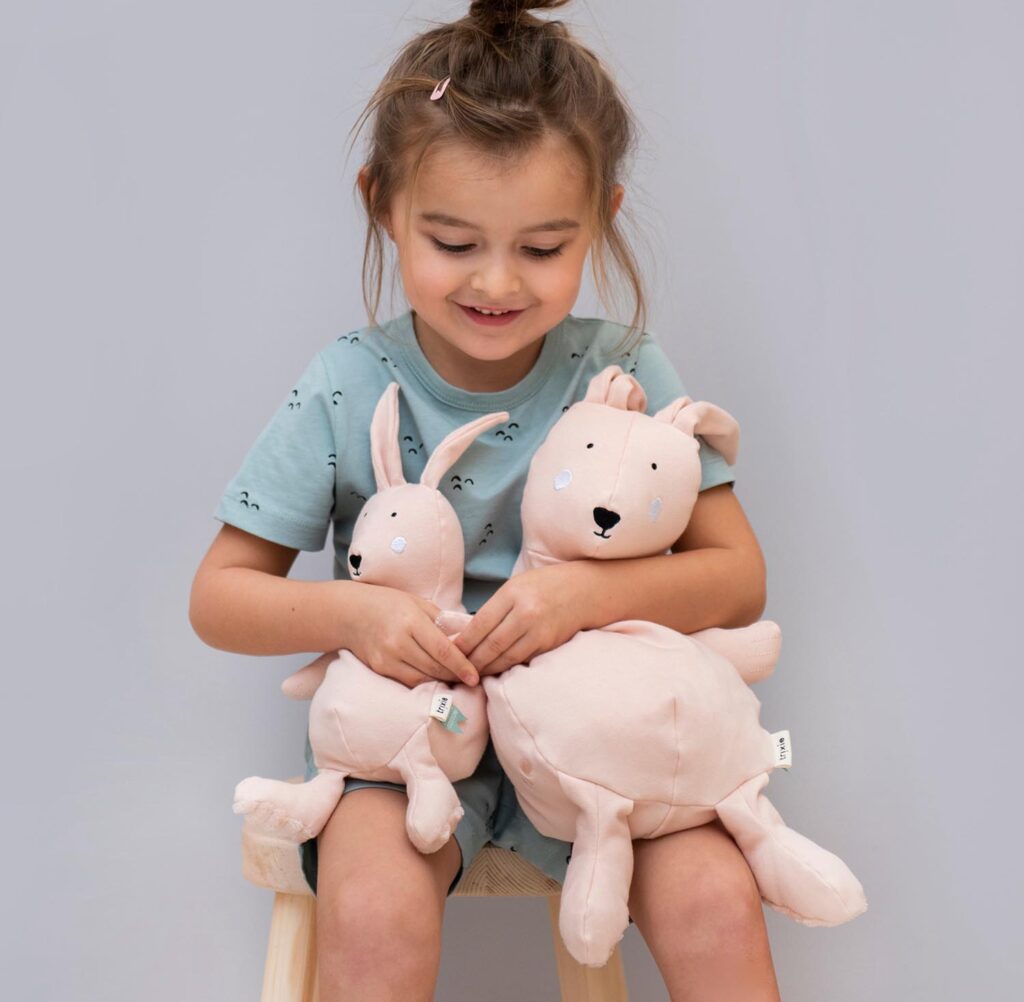
Plush toys play an important role in early childhood development. From helping to build social and cognitive skills to promoting imagination, these toys contribute significantly to a child’s growth.
Plush toys foster cognitive, emotional, and social development by encouraging imaginative play, teaching empathy, and providing a safe outlet for expression.
- Imaginative Play: Plush toys encourage imaginative play, which is critical in the development of creativity and problem-solving skills. Children use their plush toys to create stories, scenarios, and social situations, often acting out real-life experiences. This type of play promotes cognitive development and helps children learn to process their emotions.
- Learning Empathy: Playing with stuffed animals or plush toys allows children to develop empathy and social skills. By pretending to care for a plush toy, children learn about caring for others, sharing, and taking responsibility. This emotional practice translates to better social interactions as they grow older.
- Security and Attachment: Plush toys often serve as a child’s first source of comfort when they experience separation anxiety or stress. The act of bonding with a plush toy can create a sense of security, fostering emotional resilience during challenging times.
| Developmental Benefit | Plush Toy | Stuffed Animal |
|---|---|---|
| Imaginative Play | Encourages creativity and problem-solving | Fosters real-world scenarios |
| Emotional Development | Teaches empathy, compassion | Provides companionship and role-play |
| Security and Comfort | Comfort during anxiety or stress | Emotional attachment and stability |
5. How Have Plush Toys Evolved Over Time?
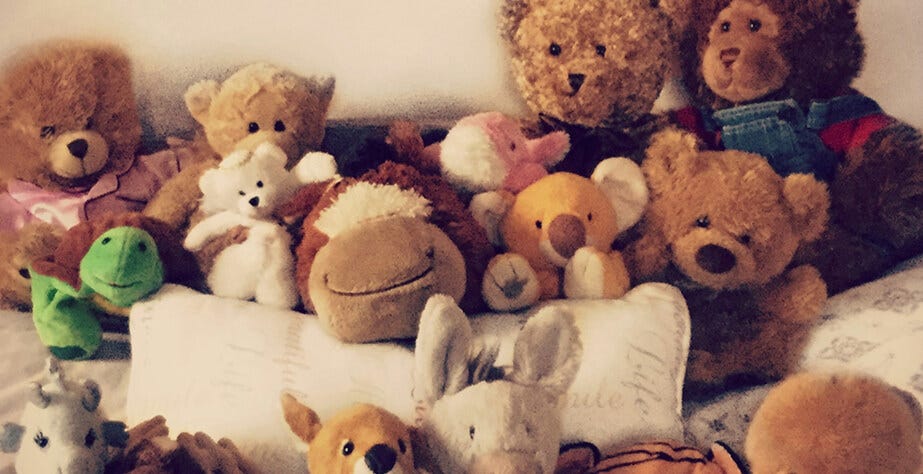
From their humble beginnings to the modern plush toys we know today, these cuddly companions have evolved significantly. Innovations in design, materials, and manufacturing processes have led to a diverse range of plush toys, each offering something unique.
Plush toys have evolved from simple fabric animals to highly detailed and customizable creations. Advances in design, materials, and sustainability have made them even more popular in modern culture.
- Historical Origins: Plush toys date back to the 19th century, with the earliest examples being simple cloth animals sewn by hand. The rise of the teddy bear in the early 1900s marked a significant milestone in plush toy history, spurred by the popularity of President Theodore Roosevelt’s hunting trip and subsequent toy manufacturer’s inspiration.
- Technological Advancements: Today, plush toys come in a variety of shapes and forms, from advanced 3D plush models to character-themed toys that incorporate electronics or voice chips. The design process has become highly specialized, with high-end plush toys now featuring realistic details, luxurious fabrics, and even scent-infused stuffing.
- Sustainability: In recent years, there’s been a shift toward eco-friendly plush toys, with manufacturers opting for sustainable materials like organic cotton and recycled fibers. As consumer demand for environmentally conscious products grows, plush toy companies are adapting by incorporating these materials into their creations.
| Evolutionary Factor | Traditional Plush Toys | Modern Plush Toys |
|---|---|---|
| Design | Simple fabric designs | Highly detailed, 3D designs with customizations |
| Materials | Basic cotton, wool stuffing | Eco-friendly, organic, or recycled materials |
| Technological Features | None | Voice chips, electronics, interactive designs |
Conclusion
Plush toys have a rich history and meaningful role in both childhood and adult life. From their comfort and emotional support to their role in development and education, plush toys are much more than just playthings—they are companions, educators, and symbols of affection.
At Kinwin, we specialize in creating high-quality, custom plush toys that combine comfort, design, and eco-friendly materials. If you’re interested in ordering personalized plush toys or would like to inquire about our products, contact us today for more information or to request a quote!




